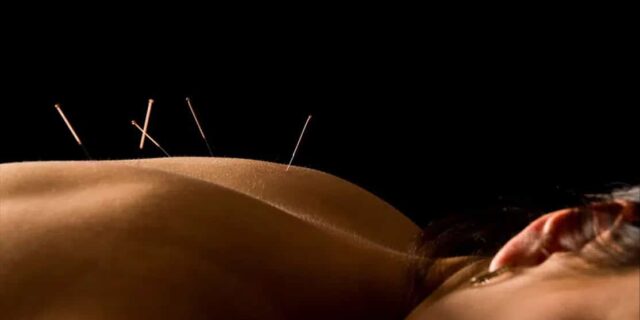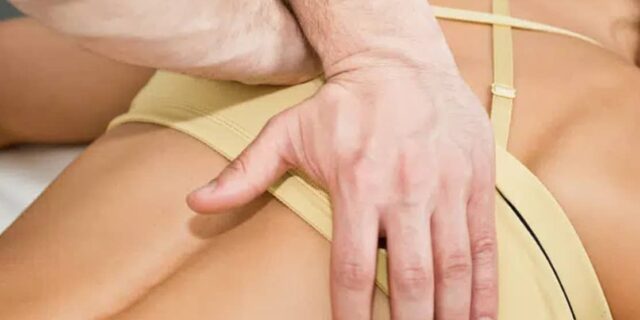Those in recovery have found strength in yoga for addiction, and we’re sharing the connection between the mind, body, and spirit here.
Yoga is known to
bring strength and mental clarity. That’s why many people who previously suffered from addiction are able to connect so closely with it.
Over
36 million people in the US practice yoga and make it a part of their lifestyle. Because of its ability to offer stress relief and lead people into a new style of thinking, it’s highly recommended to help people with recovery.
That’s why we’ve put together this 12-step flow to recovery to help people use yoga as they transition into their new lives.
Yoga for addiction – why you need to give this a go
Yoga for addiction can really help someone move into recovery with a more stable outlook on life.
Plus, there are
additional benefits that make practicing yoga all the more worthwhile.
Though some people have brushed off yoga practice as a “trend” in the past,
even the medical field is taking notice of its benefits.
Studies have found that yoga can help you increase your flexibility, gain more muscle, have more energy, and even shed a few pounds.
Even Stanford University has studied the mood-boosting, depression, and anxiety fighting powers of yoga.
So, which flow should you consider if you want to practice a bit of yoga for addiction?
Your 12-step flow to get into yoga for addiction and recovery
Yoga has proven that the mind is a way to line up the body with your good intentions and a positive future.
A yoga flow is a combination of peaceful movements. These are designed to relax your body and your mind, with a focus on using deep breathing to calm yourself.
Think of it as a workout but also so much more. Each movement of a flow targets a part of your body or muscle groups to help you become mindful of your whole body.
It’s the mindfulness aspect of yoga that can be a game changer for anyone suffering from addiction and working towards a physical and mental recovery.
Begin with the sitting mountain pose
To start off a yoga for addition flow, you will want to settle into the sitting mountain pose.
To do this, you will cross your legs and straighten your spine slow. Take your time to roll your neck back and forth slowly. Begin to ease into slow deep breathing and you may even want to close your eyes.
Reach your arms above your head and engage in a gentle stretch. You experiment and gentle roll your head and shoulders to relax more of your body.
Transition into child’s pose and practice deep breathing
As you exhale, you’ll transition out of sitting mountain pose and transition into the child’s pose by keeping your legs crossed and leaning forward until your hands touch the floor in front of you.
Practice deep inhalation and stretch forward on your next exhale. You may remain in this pose for a few minutes, breathing, and alternating between stretching and relaxing your arms and back.
Slowly raise your arms up and stay kneeling while you inhale
On your next inhale, slowly raise your arms back up and straighten your spine. Roll to your knees so that you are in a kneeling position as you reach up.
Your hands should be apart and reaching towards the sky. Try deep inhales and controlled, powerful exhales to release stress from your body.
Rotate to your left, the center, and right
From this pose, you will slowly lean towards your left into a modified child’s pose as your hands touch the floor.
Slowly raise up back to your original position then fold into a center child’s pose. You will then do the same and rotate to the right.
With deep breathing, flow to the center again and rest your hands on the floor for a few beats.
Move into upward-facing dog
With your hands firmly on the floor, notice the strength you have in holding your body against the earth.
Pivot your body forward and move into upward dog. Arch your back and roll your head back into a relaxed position as you stretch.
Breathe deeply while in this position to really open your chest and relieve tension.
In one sweeping movement, exhale and flow into downward-facing dog
Commit to a powerful exhale and use that inner power to gracefully flow into downward-facing dog.
Really pay attention to the stretch in your shoulders and along your legs. Lean back into the stretch so that your shoulders can drop even lower into a deep downward dog.
Find strength in the warrior pose
From this position, slowly bring one leg forward and step into your motion.
You will raise your body up while stabilizing on the leg you moved forward and the leg that remains stretched behind you. Raise your arms up and rotate into warrior pose.
Hold this pose before transitioning back into downward dog and repeating the process for your other leg.
Gently lift into tree pose and practice deep inhales and slow exhales
As you balance in warrior pose, slowly stand upright and transition into the tree pose.
You will reach your arms high above your head, linking your fingers together. Balance carefully and raise one foot to hook onto the knee of your other leg.
Practice slow inhales and gentle exhales as you recover from the rigor of the past few motions.
Exhale, slide down into a forward fold
When you are ready, exhale and slowly slide your upper body down into a forward fold.
From here you may touch your toes or gently hold onto the backs of your knees.
To relieve additional tension and stress, you can gently swing your body back and forth while you leg your arms stretch loosely to the floor.
Walk out into downward dog
Reach forward and plant your hands on the ground so that you can walk yourself into one more downward dog pose.
Deeply inhale as you arch your back into the stretch and hold for a few moments before exhaling for your next movement.
Fold back into butterfly pose
Gently sit back and place your feet together in front of you in a sort of triangle.
You may hold onto your feet as you stretch forward or simply take this moment to center yourself and breathe deeply. This is a time for soothing reflection.
End in Savasana, or corpse pose, to take in your peace
You will end this yoga for addiction flow by easing your body back until you are laying flat on the floor.
Stretch your feet out and wiggle your fingers and toes. Relax your body into your mat and close your eyes.
Corpse pose is meant to relax your body and recover from the flow as you practice mindfulness and reflect.
You can even experiment with a deep inhale and large sigh to ease any residual stress from your body.
Please, reach out to us if we can help with any of these poses! We are here for you.





